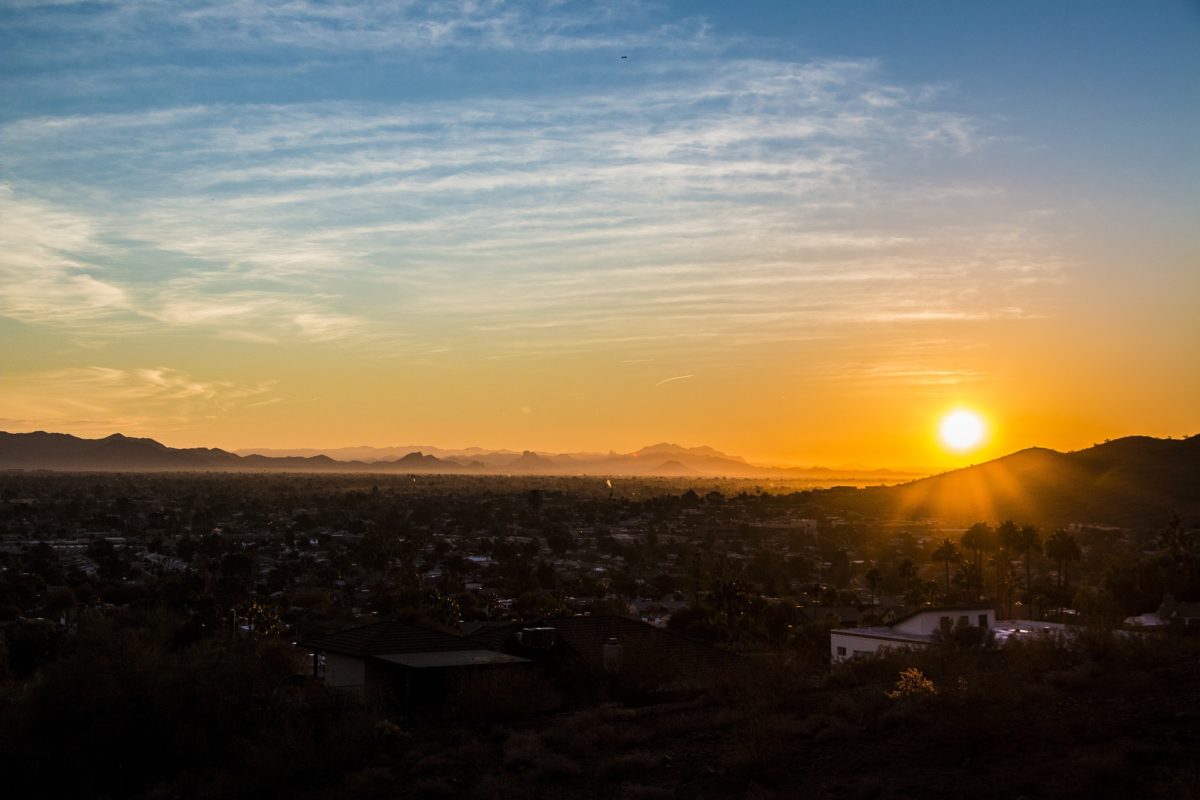Arizona Public Service Company is looking to add more battery energy storage, even as it tightens internal safety standards following a 2019 accident involving a lithium-ion battery array at one of its substations.
The utility issued a request for proposals (RFP) to install more BESS capacity at two existing solar plants. It issued a separate RFP for additional renewable energy and peaking capacity resources.
If the first RFP, the utility is seeking a combined 60 MW of battery storage to add to two of its existing AZ Sun Project solar facilities: the Red Rock and Chino Valley plants located in Pinal County and Yavapai County. Proposed projects must begin delivery no later than June 1, 2023.
In addition, BESS will be developed and installed by Chicago-based developer Invenergy at six of APS’s existing large-scale solar power plants, with an in-service date targeted for early 2022. APS first announced the projects last year, and recently executed the agreement after working with Invenergy to enhance safety standards for BESS deployed at APS sites.
In its second RFP, APS requested renewable energy resources of 300-400 MW per year, and peak capacity on the order of 200-300 MW per year. The utility said the procurement supports its goal to have 45% of its generation portfolio in renewables by 2030.
BESS safety enhancements
In April 2019, a runaway thermal event in a battery energy storage array at an APS substation led to an explosion that seriously injured fire personnel responding to the incident. The impacted system had a nameplate capacity to supply 2 MW of power over 1 hour for a lifetime energy rating of 2 MWh. With 27 full racks, the container housed 10,584 cells and was located at the utility’s McMicken substation near Phoenix. After a full day of charging, the batteries were around 90% of capacity at the time of the thermal runaway event.
In a report released this past July, the utility and its third-party investigator said that evidence pointed to the failure of a single lithium-ion cell as triggering the events that led to the injury accident.
LG Chem, which supplied the li-ion batteries, challenged the utility’s finding. The South Korea–based battery supplier said in a letter to state utility regulators that the APS report missed details about the accident. Those details indicated that the cell thermal runaway began due to “intense heating” caused by a heat source “such as external electrical arcing” on one of the battery racks. The Arizona Corporation Commission opened a docket to investigate the accident.
APS told pv-magazine that lithium-ion technologies will continue to be considered along with mechanical, electrochemical and green fuel alternatives.
The utility’s new BESS safety requirements include a number of design improvements, such as deflagration panels as a means to minimize overpressure in the event of a thermal runaway, independent fire modeling, mandatory large-scale fire testing, and methods for failure mode effect analysis and hazard mitigation analysis.
The utility said that because of the enhanced safety requirements, many of the exemptions allowed in the National Fire Protection Association (NFPA) 855 standard for batteries in remote locations are no longer allowed for APS projects.
Additional safety requirements include:
- Selection of BESS designs that minimize or prevent cell-to-cell and module-to-module heat transfer and thermal runaway.
- Fire detection and suppression system designs that will manage initial fires effectively, with other design elements to aid in early detection and mitigating the full impact of thermal runaway including extensive heat and off-gassing.
- System design changes that allow for 24/7 monitoring, local alarms, and remote reporting of smoke or gases and implementation of ventilation systems that disperse gases or deflagration in a controlled manner.
- First responder status and alarm panel “stations” located a safe distance from hazards at the project sites; these panels can also be viewed remotely.
- Enhanced pre-and-post commissioning training and coordination for key stakeholders and improved emergency response planning, including annual updates and refresher training.
APS said it also will work with Invenergy to provide first response agencies with more robust orientation to the storage systems, as well as recurring training for various response scenarios.
The newly issued RFPs are open to all technologies, including supply side and non-supply side resources. Proposed projects must have in-service dates in either 2023 or 2024. The RFP process will be monitored and reviewed by a third-party independent monitor.
APS serves nearly 1.3 million homes and businesses in 11 of Arizona’s 15 counties.
This content is protected by copyright and may not be reused. If you want to cooperate with us and would like to reuse some of our content, please contact: editors@pv-magazine.com.









By submitting this form you agree to pv magazine using your data for the purposes of publishing your comment.
Your personal data will only be disclosed or otherwise transmitted to third parties for the purposes of spam filtering or if this is necessary for technical maintenance of the website. Any other transfer to third parties will not take place unless this is justified on the basis of applicable data protection regulations or if pv magazine is legally obliged to do so.
You may revoke this consent at any time with effect for the future, in which case your personal data will be deleted immediately. Otherwise, your data will be deleted if pv magazine has processed your request or the purpose of data storage is fulfilled.
Further information on data privacy can be found in our Data Protection Policy.